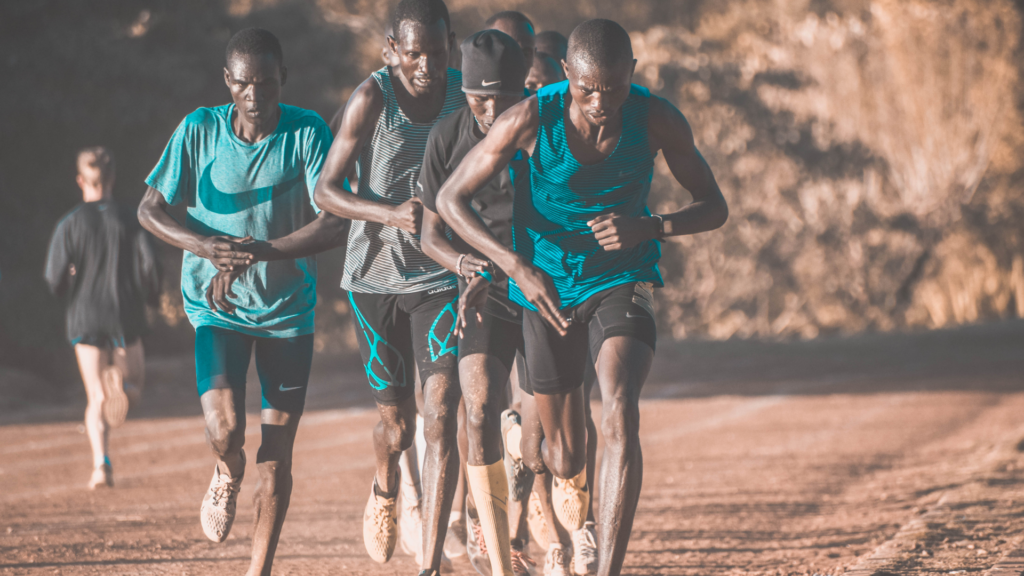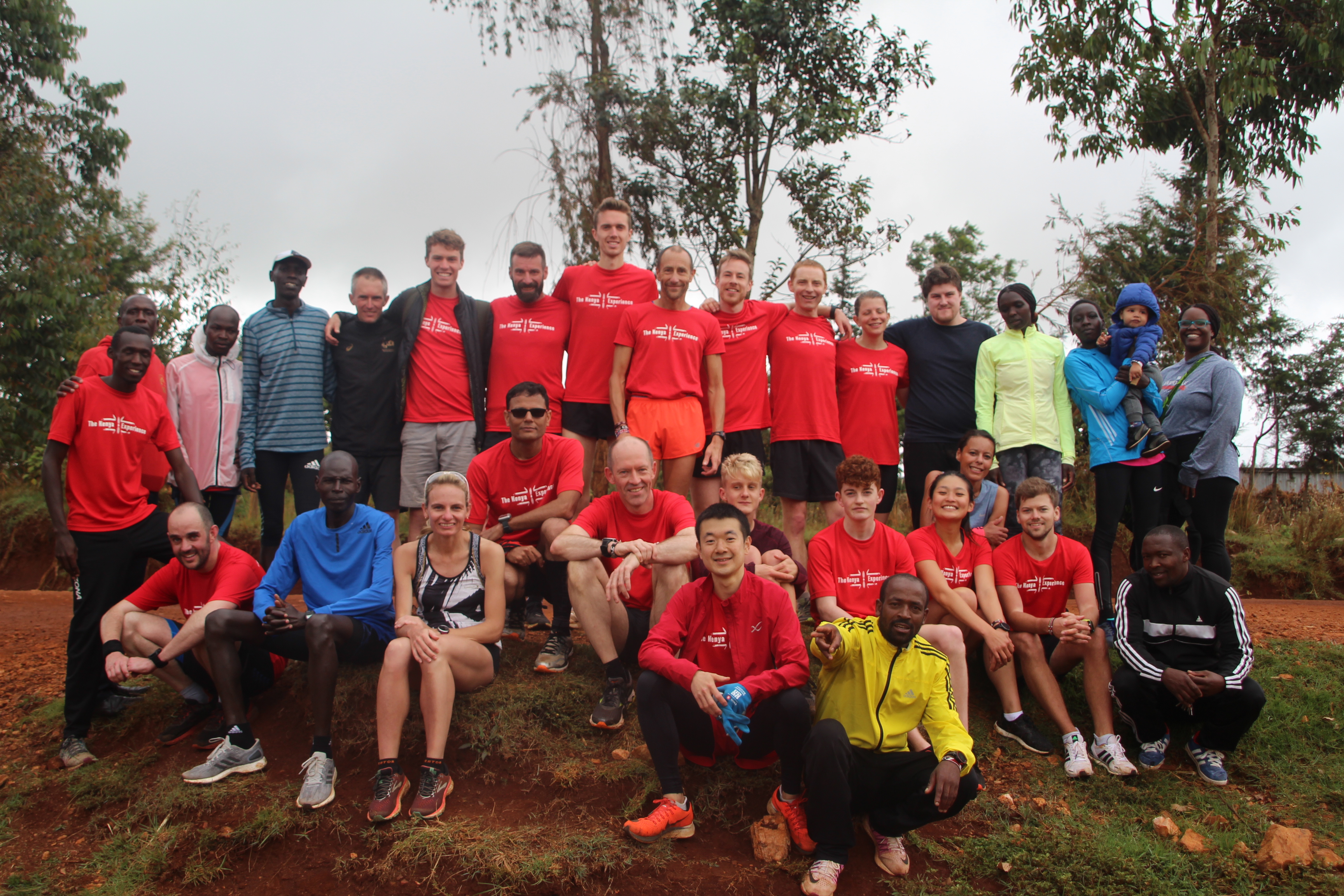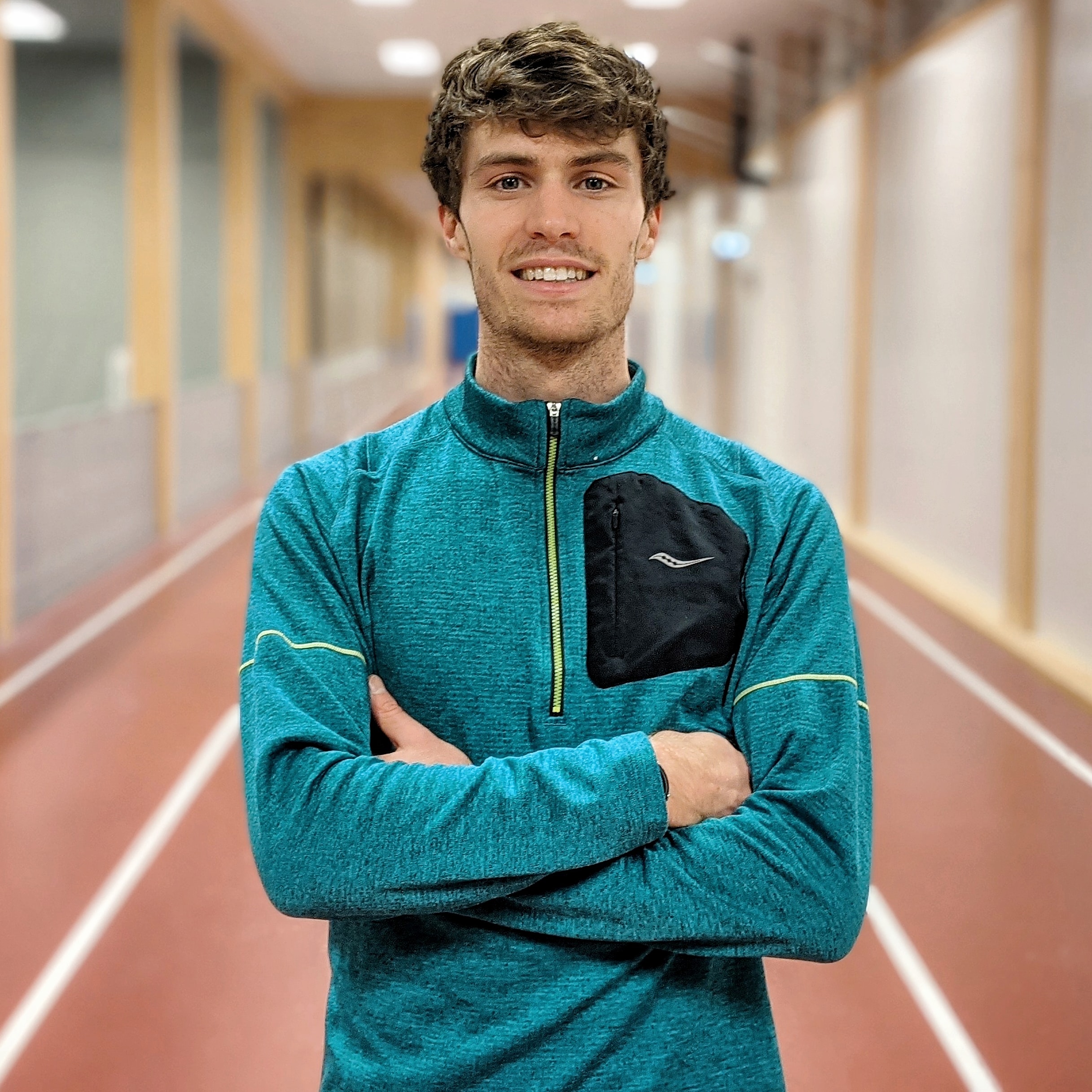
Finding new, imaginative and most importantly, effective ways of training is a relatively common pass time for most runners. Whether you have reached a bit of a plateau in performance and are looking for ways to break through, or you are simply searching for new ways of mixing up your training, Googling “Mo Farah’s training program” is something I am pretty certain at least half the people reading this article have done at some point. And sure enough, there are websites out there that claim to shed light on the programs and routines of the world’s best endurance runners. You may even stumble across detailed training logs of Olympic medallists, complete with their split times for certain workouts and what they ate beforehand. But, aside from providing us with a deep appreciation of just how hard the athletes at the top of their game really work, can amateur runners take anything away from reading the programs of elites?
To answer this question, I want to first talk about the concept of base training, but perhaps in a slightly more abstract sense than you may have come across before. Most runners have heard of base training, or ‘the base phase’ and, whether or not they realised they were doing it, have probably done some form of base training when getting ready for a big race.
This blog first appeared on our sister site for Kenya Experience, and if you are unsure what base training is then you can learn more about it in one of our previous blog posts here.
But as a quick recap, an easy way to visualise what base training is, is to think about building a house. If you want to build a strong, sturdy house, you first need a strong foundation. The stronger and deeper this foundation is, the taller you can build your house. So moving away from structural engineering and coming back to running, what does this foundation consist of? Generally, we build our foundation in endurance running by creating a very strong aerobic system. This means, among other things, doing plenty of easy mileage along with threshold and endurance work. During base training, we also want to focus on making our bodies more robust and efficient, which is where strength training and, to an extent, speed training comes into play. Circuit training, core exercises, weight training, short hill sprints and strides after some of your runs, all help to strengthen your body, enabling you to handle more running without becoming injured. The high mileage also adds to this. Plenty of running at an easy pace strengthens the joints, muscles and tendons which again, allows us to do more and harder training later in the season.
Not only does having a strong base help us to stave off injury when we come to do the hard, race pace workouts later in the year, it also makes those workouts more effective. Proper base training leads to beneficial adaptations at a cellular level, including higher mitochondrial density, increased capillarisation, a stronger heart muscle, and more, all of which contribute to an overall better aerobic system. This means that when the time comes we can do longer, harder workouts at, or close to, our race pace that are more challenging for our mind and body. We are able to push harder during these workouts, handle them better and recover from them faster.
But base training isn’t something we do once and then we’re good to go. It’s something we work on over time, year in, year out and the effects are cumulative. The more we work on our foundation, the deeper, wider and stronger it becomes, ultimately allowing us to handle harder, higher quality workouts.

Eliud Kipchoge training in Eldoret with his NN Running Team Teammates
So, knowing that creating a strong foundation is essential for high-quality training and racing, let me revert back to our housing analogy again. Most amateur runners, whether you run causally with some friends or train more seriously with a club or a coach, have over time, built a solid foundation; enough to build a house on. Perhaps some runners have been running upward of 40 – 50 miles per week for many years, including some pretty tough endurance sessions; their base is strong enough to build a block of flats on. But let’s take a look at elites, while also bearing in mind that the programs we find online are those of world-class, Olympic runners. These guys are building skyscrapers! In the case of Eliud Kipchoge, Seb Coe, Tirunesh Dibaba, for example, we are talking about The Empire State Building, Burj Khalifa and the Eiffel Tower, not a house or a block of flats. And if you want to build yourself a skyscraper then what do you need? You guessed it, you need a super-strong foundation, one that is far wider and deeper than that of an average house on the street.
Bringing us back to the point of this article then, is copying the training of world-class athletes a good idea? Well, ask yourself, what happens if you try to build a skyscraper on a weak, or even non-existent, foundation? I’m no expert on structures, but inevitably, you will only get so far before the building comes crumbling down. I am sure at this point I need not draw comparisons between a crumbling building and an injured or overtrained runner for you, I will leave that to your own imagination.
Want to Train in Kenya? Experience the magic Iten Kenya with Kenya Experience
Conclusion
My take away message from this article is not “don’t look at elite athletes’ training programs”, but rather “remember to consider the amount of work they put in before getting to that stage”. So take ideas and inspiration from their training logs and snippets of their programs, but copying them, in any capacity, will likely end in disaster.
If you really want to copy what the elites are doing, then you should not look at their training at the peak of their careers, but rather what they were doing in the years/decades beforehand. In part two of this article, I will talk about what we can learn from the elites and the lessons we can take away from looking at their programs.
Thanks for reading
Callum
About the Author
Callum Jones has been part of the Running Trips team since joining Kenya Experience in 2017 and is now head of our Online Coaching Service. As well as a coach, Callum is a competitive athlete himself recently running times of 14.20 and 3.48 for 5km and 1500m respectively. He is currently co-authoring a book alongside Coach Hugo van den Broek on the interpretation and implementation of scientific literature in distance running training.
“My journey as a runner to the point where I am now has been a continuous learning curve and I am still gaining new experiences and learning from those around me, even after close to two decades of dedication to the sport. Being part of the Running Trips and Kenya Experience team has given me the chance to share all that I have learned along the way with like-minded runners from all over the world. Whether on the camps themselves or as an online running coach, I am here to help runners of all levels improve and to enjoy their journey as an athlete as much as I am enjoying mine.”
Running Trips – Training Camps for Runners

Running Trips provide training camps for runners of all levels in Kenya and the UK.
Kenya Experience
Combine a serious training camp with a cultural immersion into the world of Kenyan Running.
Enjoy the ultimate running holiday with Kenya Experience.
Training Focus Camps
UK based weekend Training Camps. World-Class Experts, Small Groups, High-Performance Venues.
Improve your running with Training Focus Camps.



Recent Comments